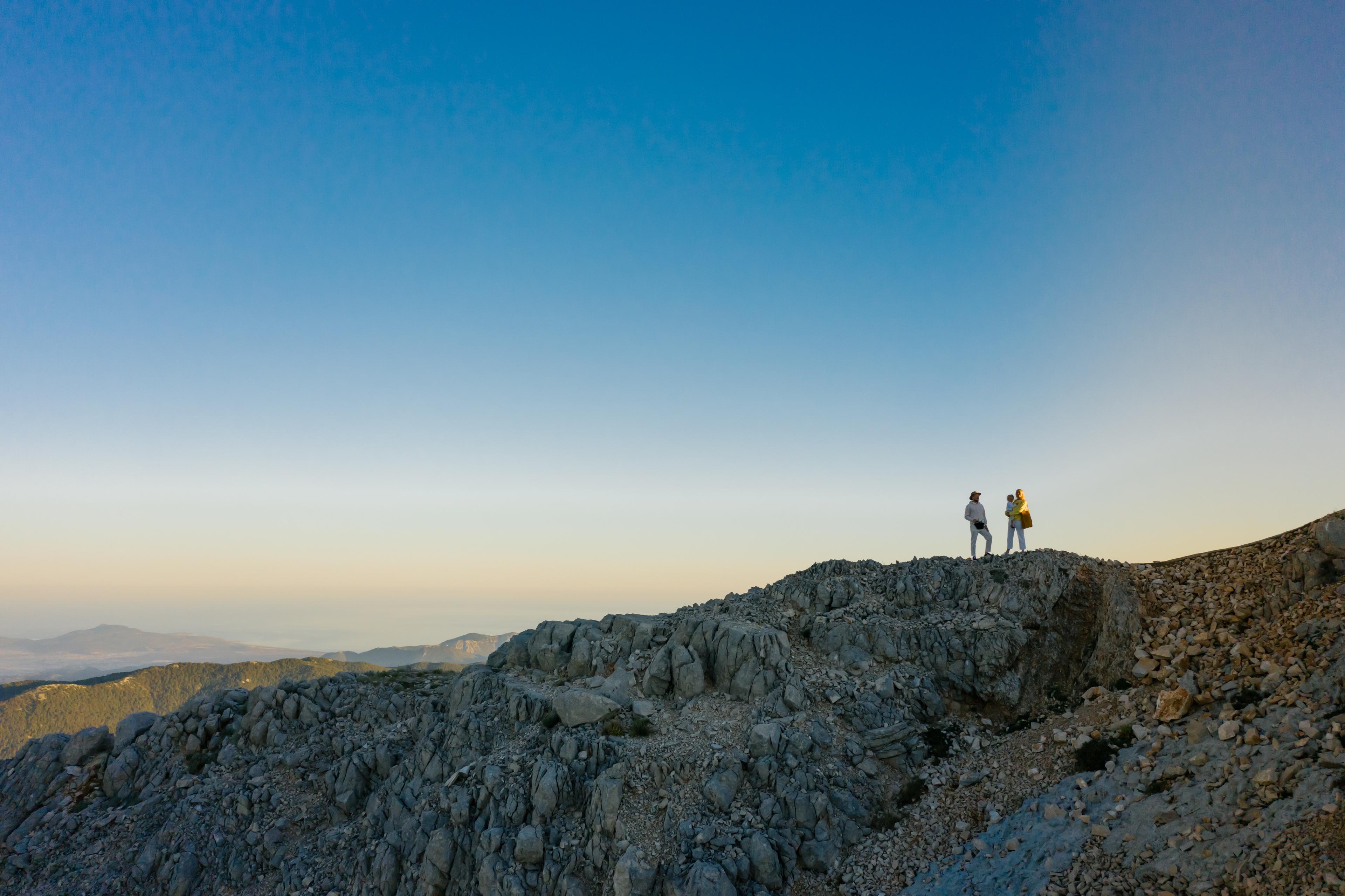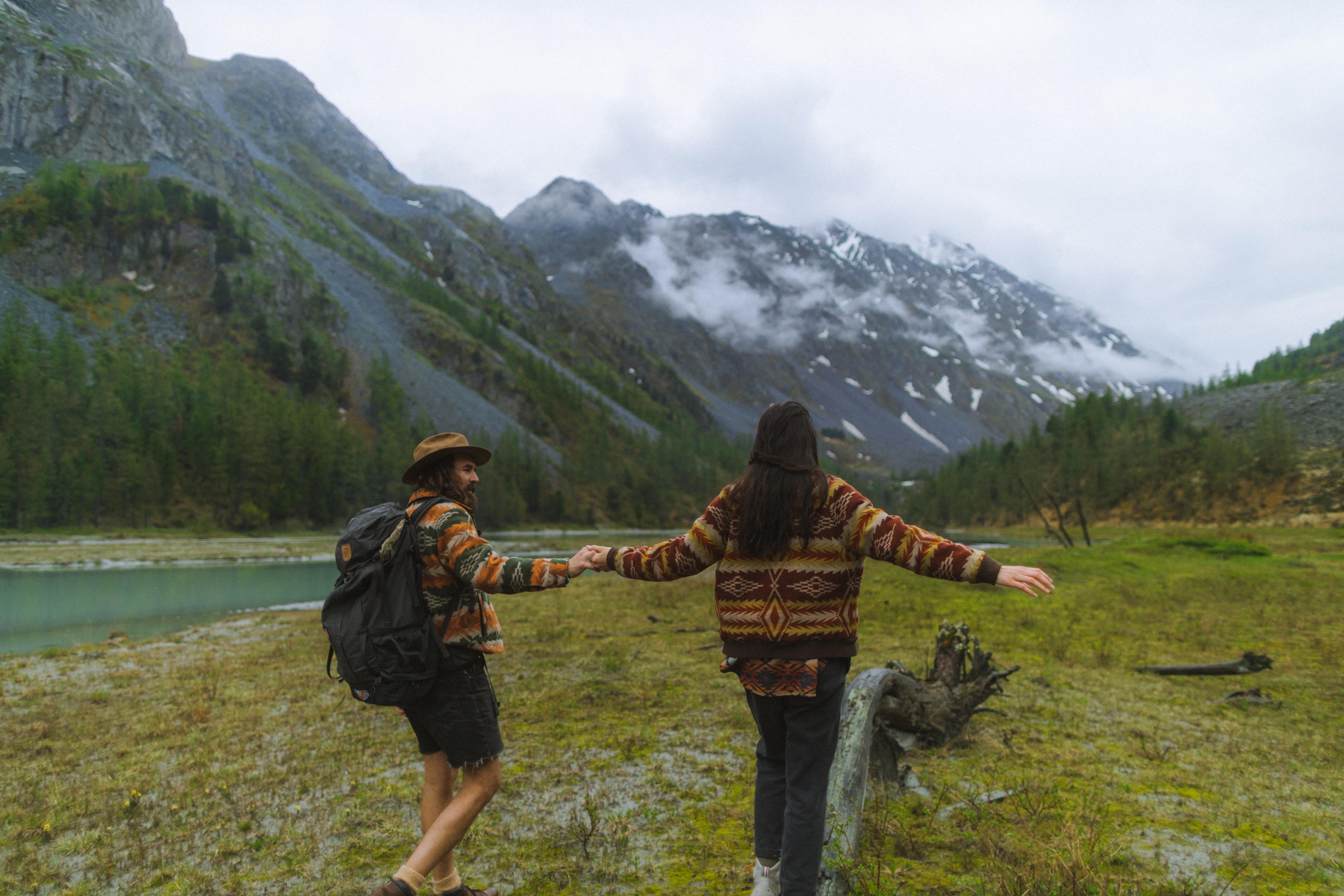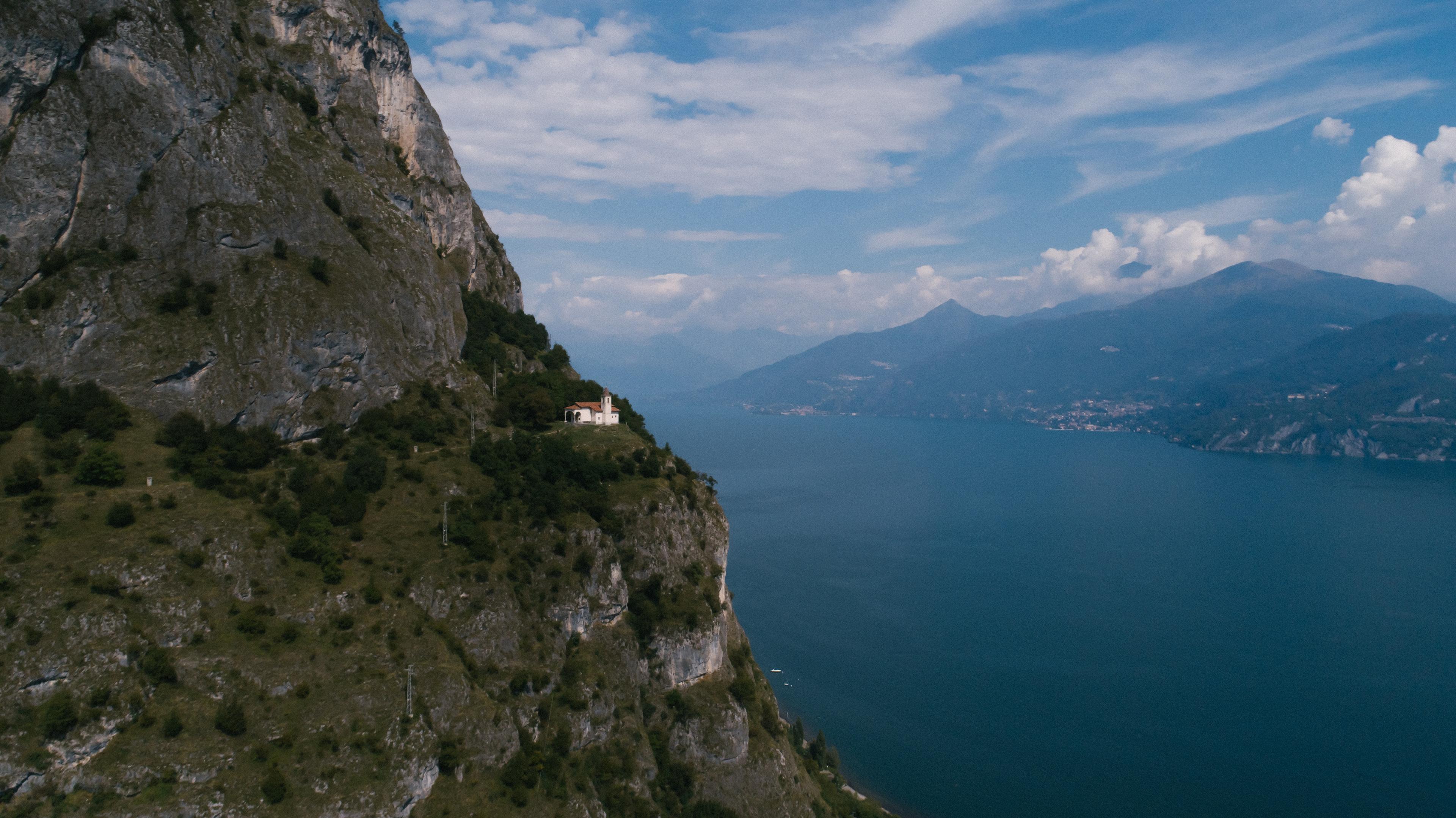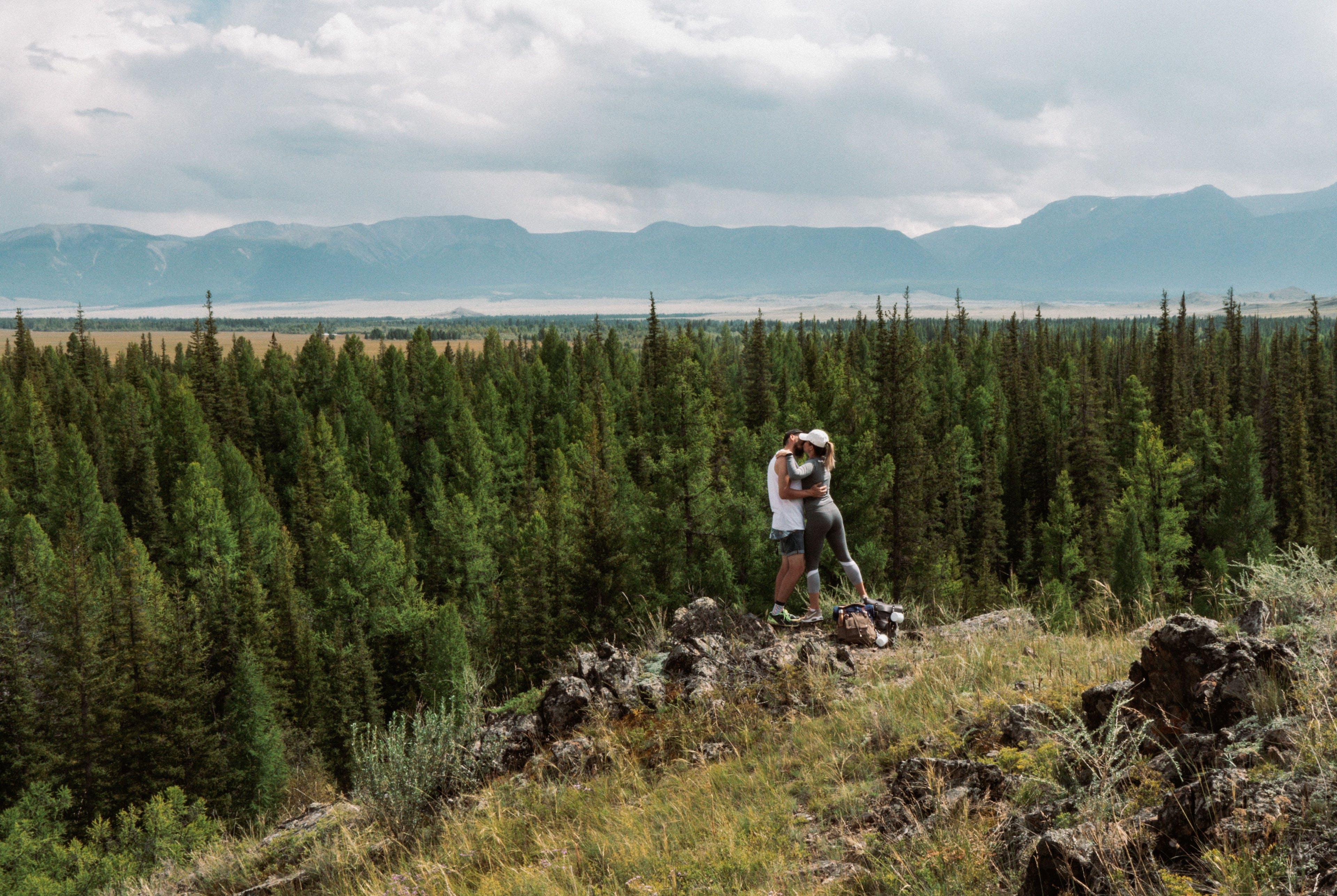Mountain Atlas offers stunning vistas, Berber settlements, and abandoned Kasbahs. It is an excellent place for those who love hiking or have always wanted to go trekking on mountains.
Hiking in a picturesque valley or among towering peaks is also a great possibility on mount atlas. Trekkers can explore red sandstone canyons, haggle in local markets, and see deserted Kasbahs in mount atlas.
Each year, mont atlas attracts a large number of vacationers. Visiting the place will find lively nightlife, delicious cuisine, and fascinating culture.Before you decide to go hiking, it is suggested to research the surroundings of Atlas Mountains
You should also investigate the local climate and lodging options of the Atlas Mountains. Please refer to the following checklist to successfully summit Mount Toubkal of Atlas.
Why Are Trekking Trails in the Mount Atlas so Popular?
This mountain range is between the Atlantic and Mediterranean coasts and the Sahara. Mount Toubkal, located there, is the highest point in all of North Africa.
There is a little town named Imlil, now the epicenter of mountaineering in the world’s highest mountains. It may lack the culture and charm of other Berber communities in the Atlas, but it more than makes up for adventure and beauty.
Mount Toubkal, the tallest mountain in the area at 4,167 meters, may be seen here. Those who go to Imlil do so almost exclusively to partake in its most popular activity: trekking.
Both short-day walks in the valley and longer multi-day excursions to the highest peaks are available. If you, your partner, or some friends are interested in visiting a fantastic location, you may organize a trekking excursion.
The naive need not worry; there is enough assistance to go around. Travelers who have been here previously, in particular, have provided helpful information. Atlas mountain guided treks are reliable trekking guides that can help you to visit the eastern ascent of Mount Toubkal. North African Berbers live dispersed in the barren desert. Bring binoculars to observe Atlas deer, Barbary leopards, wild cats, jackals, red foxes, and polecat ferrets.
The valleys have more luxuriant juniper woods, almond orchards, and argan plantations. In Morocco, you may find the Middle Atlas, the High Atlas, and the Anti-Atlas.
- The High Atlas
The Sahara Desert to the south and the Atlantic Ocean to the west are separated by the High Atlas Mountains in Morocco. Ait Benhaddou, Morocco’s famed fortified town, is located at the base of the mountains. High Atlas has been used as a scenic background for various films.
- The Middle Atlas
The Middle Atlas in northern Morocco has extensive oak and cedar woods. The weather is often colder than in the cities and towns in the interior of Morocco.
Jebel Bou Naceur reaches 3000 meters above sea level, making this Atlas region the most fertile area (3340m).
- The Anti-Atlas
South of the Atlas Mountains is where you will find the Anti-Atlas. It starts near the Atlantic and extends 500 km inland. It is expected to have the fewest hotels in the Atlas Mountains, given it is the least traveled area.
Due to its closeness to the Sahara, summer temperatures may skyrocket. When possible, plan your trip during the shoulder seasons between spring and fall or winter and spring.

Five Best Practices for Hiking up Mount Atlas
-
Having Done Sufficient Prep Work
Professional athletics and marathon running are not necessary to become physically fit to visit mount atlas. Success will always be on your side as long as you dedicate some time to being ready for the test that lies ahead.
We suggest that trekkers who want to be in shape do so by walking up and down hills regularly. Improving your stamina and self-assurance is also crucial to your achievement.
- Long-distance running, swimming, cycling, and walking are examples of low- to moderate-intensity exercise. Aerobic exercise improves cardiovascular health and oxygen use.
- Light leg, core, and upper body strength training are advised, along with cardio. Since you will carry a pack for 6-7 hours a day, strengthen your core (abs and lower back) and shoulders.
- Preparing for a lengthy trek requires actual practice on the trail. We advise setting out on at least two multi-day treks (over 5 hours). It would be ideal if you could complete it on consecutive days. We strongly advise including some practice hikes in your training regimen.
- During the night of the walk, you may feel like giving up. Drawing on one’s inner resources and being able to use them is crucial. Fortunately, cardio and strength training will prepare your mind for the task, making climbing less tiring. The last step to mentally preparing for a climb is to sign up for a half-marathon. Long-distance running tests one’s mental fortitude and physical strength.
-
Know When the Weather Is Ideal for Hiking
Certain seasons are best for climbing the Atlas Mountains and Toubkal. Consider weather, cloud cover, visibility, and hikers while hiking Toubkal.

The Atlas Mountains are most pleasant from November through March when snowfall is scarce.
- Do you long to see stunning snow-capped peaks? If so, you should try summiting Toubkal in the dead of winter. Temperatures dip below freezing at night, and snow covers the Refuge (3200 m).
- Would you instead go climbing in the fall or the spring? Consequently, you need to take appropriate measures against both the heat and the cold. Trails leading up to the Refuge at 3200 meters might become relatively warm on the first day of your journey there. Sunscreen (factor 50), a hat, and sunglasses are essential since the sun will be intense. You should bring a collared shirt (polo), a scarf, or a buff. Otherwise, the burn on your neck may be somewhat painful. Mount Toubkal will likely snow on the second day of the ascent, and temperatures will hover around freezing. You should wear long trousers, warm coats, hats, scarves, and gloves.
- Contrary to popular belief, summer is the busiest time for ascents of Mount Toubkal. Residents and visitors alike seek relief from the sweltering temperatures in the highlands. Even in the heat of July, a trek across the Atlas Mountains may be a delightful experience. It’s essential to be well-prepared for the sun. Pack long pants and a warm coat for the last ascent to the peak.
-
Keep an Eye Out for Signs of Altitude Sickness
Altitude sickness is possible if you climb higher than 3,000 meters. The first night of your Toubkal ascent, and maybe the second, will be spent at an altitude of 3,200 meters.
Knowing the indications of altitude sickness might help you avoid it. Nausea, fatigue, shortness of breath, and headaches are all symptoms of altitude sickness.
You may also feel an intense headache, disorientation, and trouble falling asleep.
The causes of altitude sickness include:
- Too fast ascent (rapidly)
- Physical exhaustion from climbing too fast
- drinking too little water
- Hypothermia
- Alcohol and other sedative use
Slowly acclimating to greater altitude may prevent altitude sickness (Acclimatization). Acclimatization must occur for the human body to function normally at high elevations.

To adjust to low oxygen levels, acclimatization promotes ventilation. The blood’s pH must be lowered to account for the increased oxygenation. Diamox is an altitude medicine; take it slowly, drink water, and listen to your body (and your tour leader).
Mount Toubkal’s 4,100-meter height causes headaches and sleepiness in almost everyone. Get enough sleep, eat properly, and take altitude medication frequently to succeed.
-
Know the Culture and Customs Before Going
Morocco is more than mountains, camel safaris, trekking trails, and tea. As you journey through these places, you will meet many residents. It is a cultural journey as well as an exciting one. We recommend chatting with the close-knit families who run the refuge and teahouses.
-
Have the Correct Gear
Nothing is more annoying than starting a trip without the correct gear or with worthless stuff. When trekking, you need weather-appropriate attire, a day backpack, and well-worn shoes.
You must think carefully about the kind of day pack you carry on your hike. An innovative daypack includes breathable nettle shoulder and hip straps. Your daypack for Toubkal shouldn’t be more than 3 kilos, and your kit should weigh less than 10 kilos.
Consider your hiking boots to be the workhorse of your hiking gear. A vacation isn’t worth the effort if your feet suffer, become cold, or remain damp. Break in some sturdy boots to keep your feet dry, comfy, and safe.
Anyone who’s been on a multi-day journey will tell you that hiking boots are necessary and worth the money.
Check out this list of must-haves before heading to Mount Atlas:
- Sunglasses
- Scarf
- Face Mask
- Some sunscreen and a hat
- Wind stopper / rain coat
- T-shirt (short & long sleeves)
- Shorts/skirt
- First-aid kit
- Locks for bags
- Reusable water bottle
- Toiletries (preferably biodegradable)
- Trekking trousers
- Trekking boots (worn in)
- High-energy snacks
- Small travel towel
- Polypropylene thermal tops and bottom (two pairs)
- Down jacket (can be provided)
- Head torch with spare batteries and bulb
- Reusable water container (3 litres carrying capacity)
Conclusion
Take some time to absorb the knowledge you just gained from reading the tips mentioned above regarding trekking. If you need assistance planning your trip to Mount Atlas, don’t hesitate to ask for it.
Packing for this hiking trip should not be rushed. Putting these fantastic suggestions to use on your adventure will be a wise move.



Comments are closed.